News 11/22/11
EHR adoption for midsize and large ambulatory practices will exceed 80% by 2016, according to IDC Health Insights. IDC provides an assessment of 10 EHR products from eight vendors, based on their current successes and predicted performance over the next three years. eClinicalWorks earns the top scores based on customer perceptions of value and functionality and the likelihood of the company executing sound business strategies that align with customer needs. IDC also names Cerner, Sage, and NextGen “Major Players.” The inclusion of Cerner surprised me a bit, but IDC says Cerner stood out because it offers its product on a fully SaaS basis with strong technical support. Moreover, Cerner stood out “based on its strengths as a business.” Epic wasn’t named a Major Player, which IDC calls out for its high cost and training requirements and its limited availability as a SaaS offering.
The ONC’s Farzad Mostashari announces that over 100,000 primary care providers (or one-third of all the nation’s PCPs) have signed up with their local RECs for EHR adoption assistance. While that sounds like a tremendous accomplishment, only 1,000 have actually attained Meaningful Use. The goal for REC’s is for at least 20% to achieve MU, so RECs as a whole are a bit behind. Some of the challenges facing RECs: staff recruiting and retention and obtaining current software upgrades on behalf of clients.
Health Revenue Assurance Associates appoints Peggy Hapner, RHIA, CSC, CASCC, as director of ambulatory services. She previously served as a manager for Medical Learning, Inc.
The AMA’s Amagine subsidiary and Michigan Association of Health Plans team up to provide Michigan physicians access to insurance eligibility data using online portals administered through their organizations.
Vitera Healthcare Solutions (formerly known as Sage Healthcare, in case you missed it) announces the addition of six clients using its cloud-based Vitera Intergy On-Demand PM and EHR solutions. The new practices include the 14 physicians Heart Center of Nevada and the five-physician Texoma Heart Group (TX).
Clinica Family Health Services (CO) and College Park Family Care (KS) select Ultimate Software’s UltiPro Workplace to automate and manage HR-related processes.
Culbert Healthcare Solutions is now an AMGA Executive Corporate Partner.
OhioHealth selects the athenaCommunicator patient communication service from athenahealth.
I’d like to call your attention to the top right hand corner of the page where you will find MED3OOO’s text ad for their upcoming Quippe Webinars. If you haven’t seen Quippe yet, it’s worth a peek. I’d also like to plug the nifty text ads in general, which are an inexpensive alternative for anyone seeking a bit of self-promotion. And if you haven’t done so in awhile (or ever!) do me and our sponsors a favor and click on their ads to the left. You might just discover something special you never knew existed.
Transcription Unlimited (MO) signs a partnership agreement with MD-IT to offer the MD-IT platform and EMR to its physician clients.
DrFirst achieves approved vendor status with the Arizona REC for its Rcopia-MU product. The Arizona REC also names SuiteMed a preferred, Tier-2 vendor.


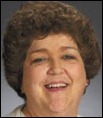
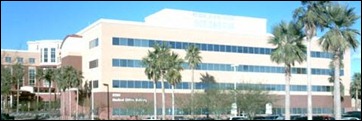
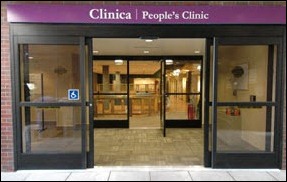

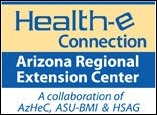




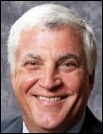
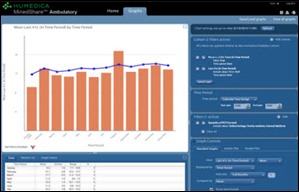
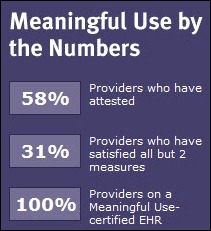
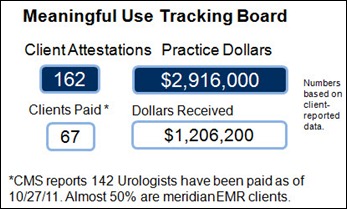
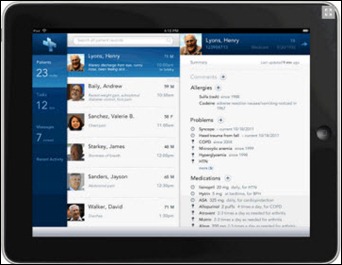


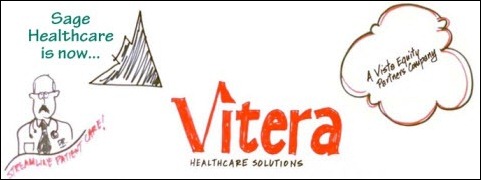

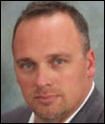
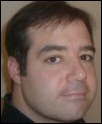





Re: Walmart Health: Just had a great dental visit this morning, which was preceded by helpful reminders from Epic, and…